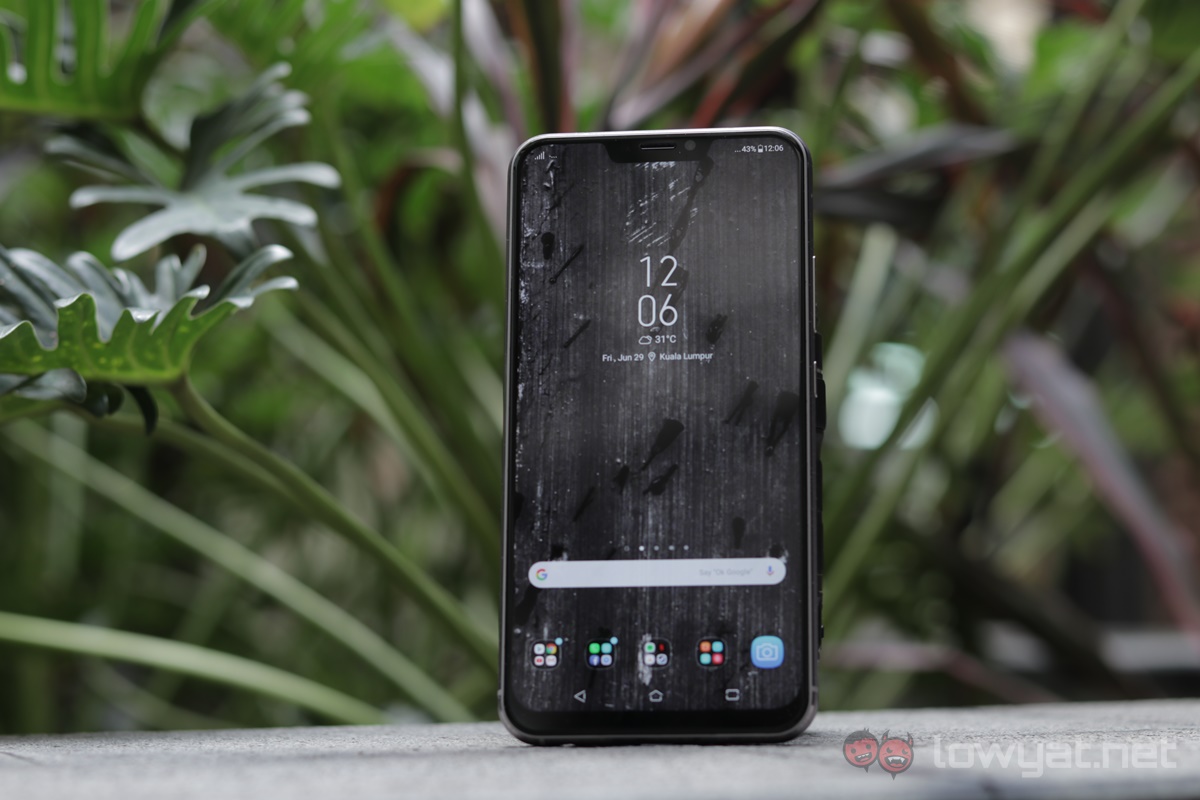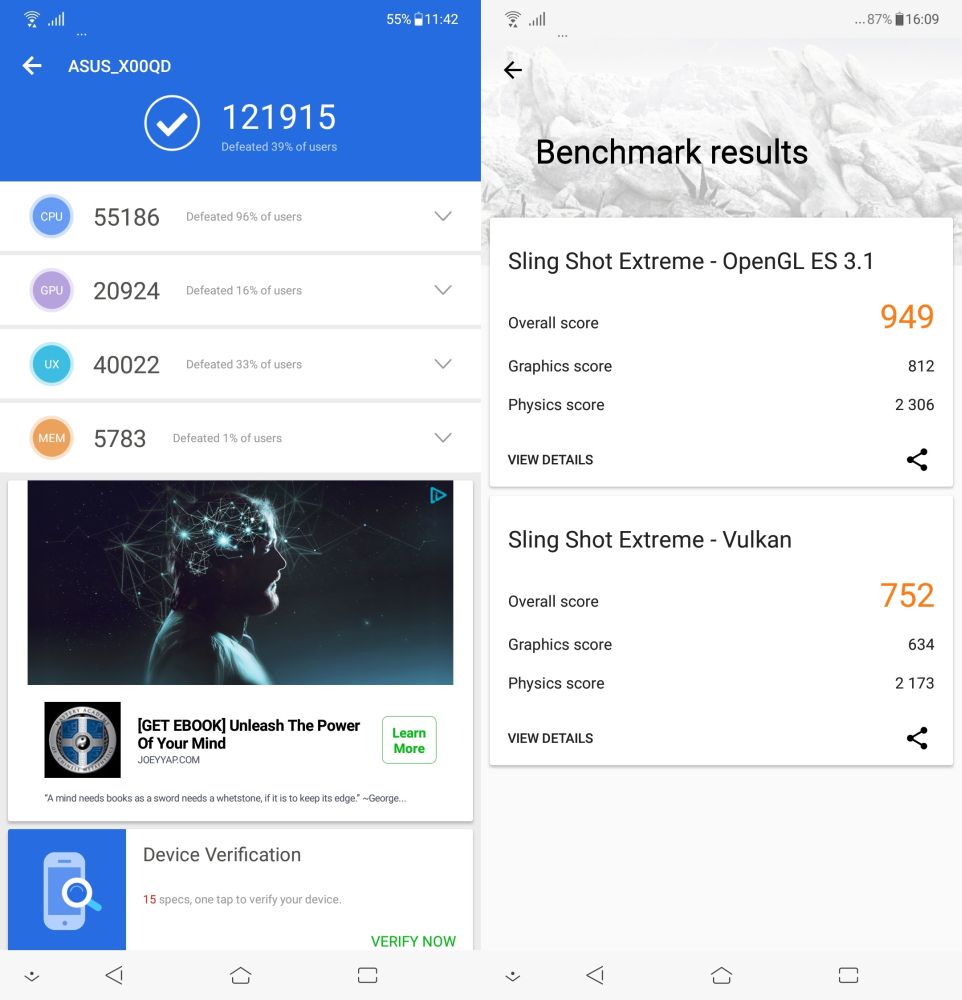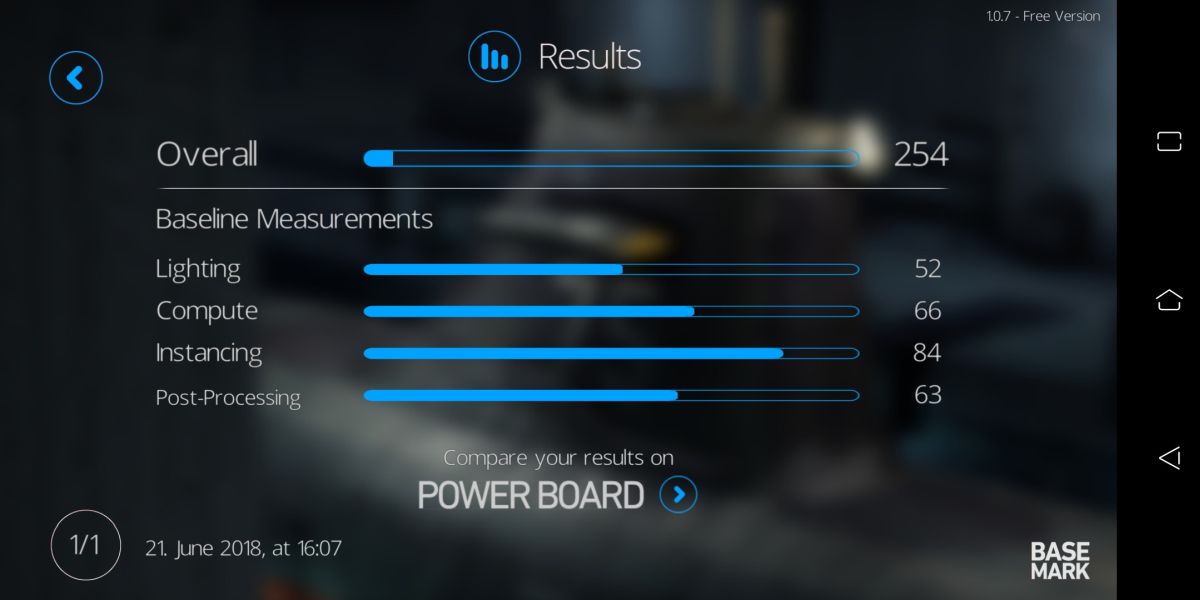As far as mid-range phones go, it goes without saying that ASUS has produced some pretty decent smartphones over the past few years. This year’s ASUS ZenFone 5 is no exception; the phone sports better-than-average hardware, but is still able to keep its asking price within an acceptable parameter while also looking absolutely stunning.
But like all smartphones in the market, there are a few things that we believe ASUS could have done without on the ZenFone 5.
Specifications
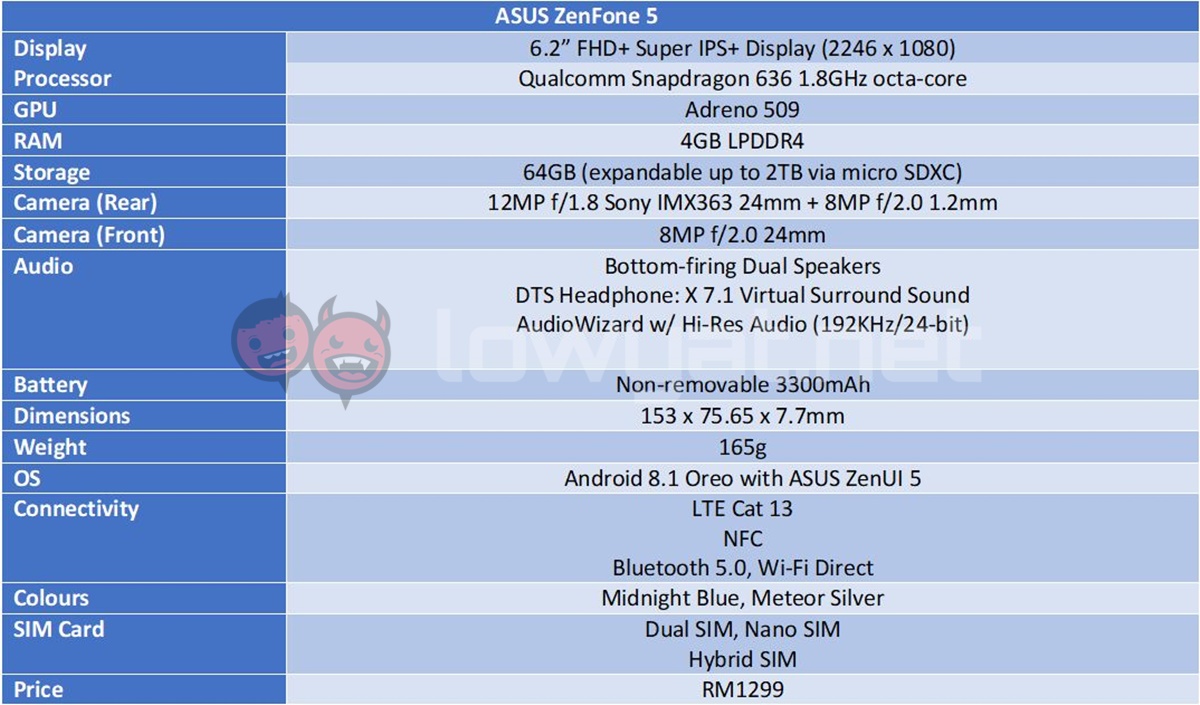
ASUS isn’t fooling around with the specifications on the ZenFone 5. It houses Qualcomm’s power-efficient Snapdragon 636 SoC, a generous 4GB of RAM, and a pretty abundant storage capacity that is expandable via the microSD card slot.
Sadly, one key feature that isn’t present in the phone is an IP rating to protect the phone from any water damage. To be fair, mid-range phones rarely come with any noteworthy water resistance. Having said that, the phone has been subjected to the occasional water spillage, but always seemed to come out of the situation unscathed.
Design
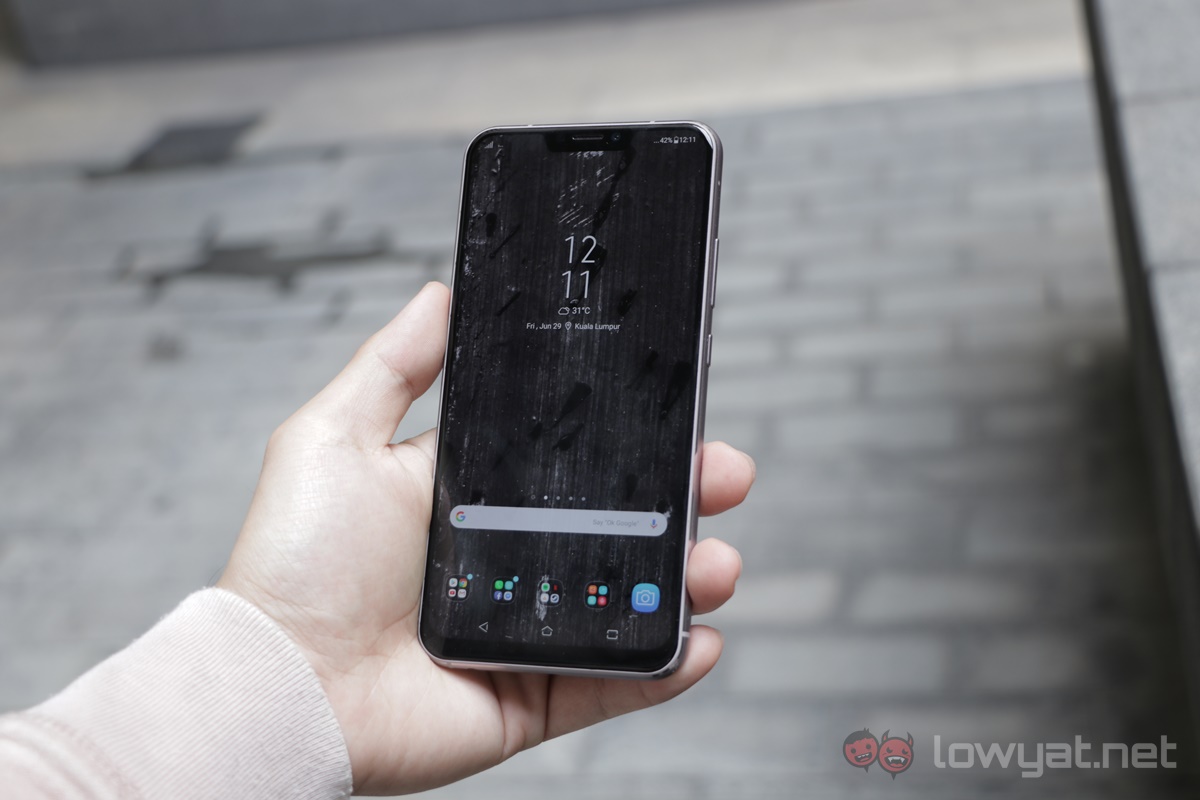
To state the obvious, ASUS has come a long way in its design game since the first iteration of the ZenFone series. The mixture of metal and glass used in its construction is – in a word – seamless. I like how ASUS implemented its recognizable concentric circle design into the phone’s back, making the fingerprint sensor the focus of the design.
Mind you, the overall design does make the phone somewhat difficult to properly grip, but luckily, ASUS bundled each unit of the ZenFone 5 with a clear case for an extra layer of protection.
A mid-range phone with an 18.7:9 display ratio.
One of the ZenFone 5’s primary appeals is its display. It’s a 6.2-inch Full HD+ IPS LCD that’s crammed into a 5.5-inch frame. It has a display ratio of 18.7:9, and quite surprisingly, the chin at the bottom isn’t as pronounced as most other all-screen phones in the market.
Sadly, ASUS hasn’t spared the phone from the trend that is the notch at the top of the display, but the good news is that you can hide it via the phone’s settings.
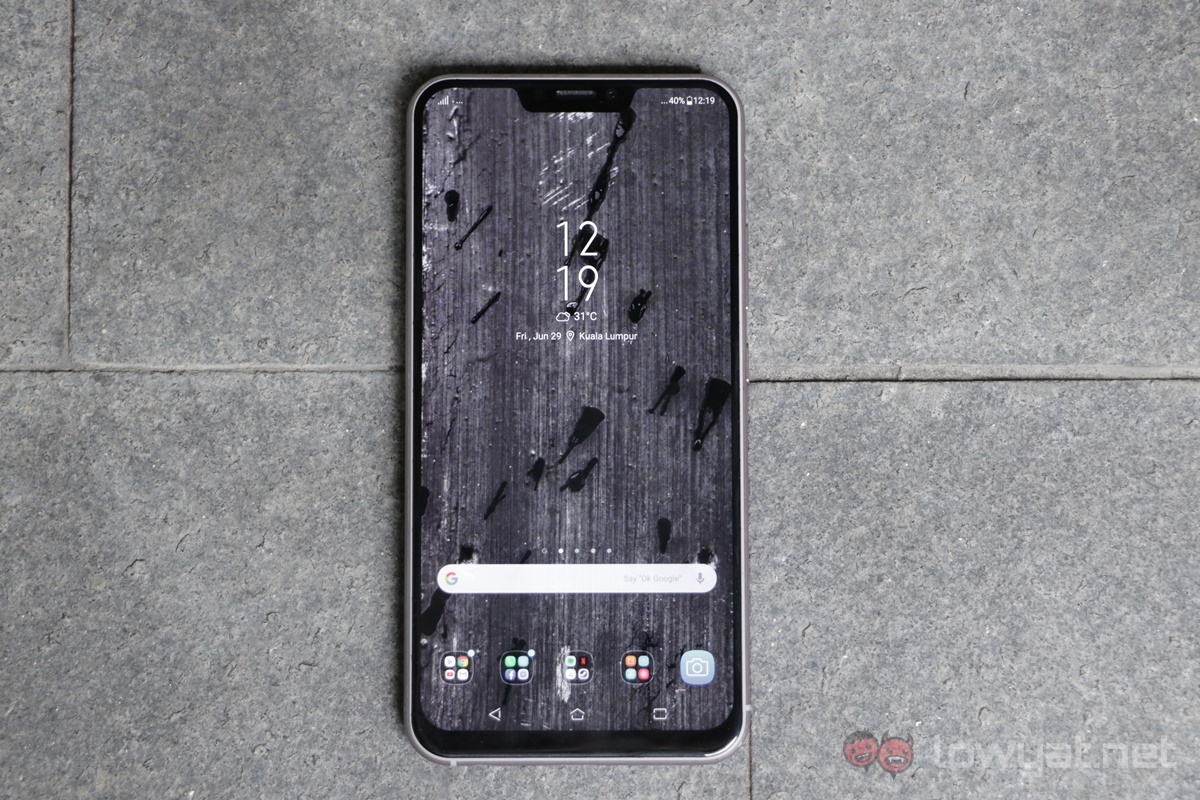
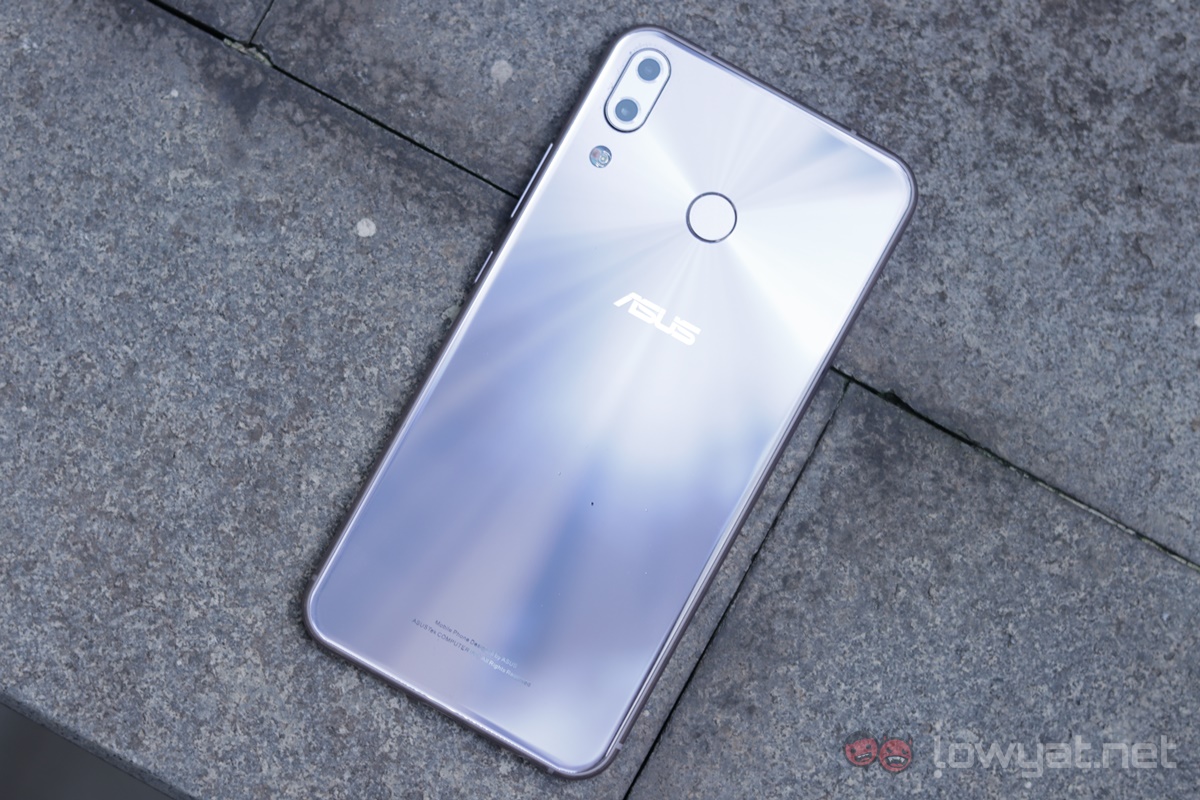
The ZenFone 5’s security comes in two tiers: a fingerprint sensor at the back, and a front-facing camera that runs on ASUS’ own facial recognition technology.
Thank goodness for the 3.5mm port.
While the ZenFone 5 only has a mono speaker, I am glad that ASUS didn’t decide to do away with the 3.5mm port for audio. Yes, I know that we live in an age where wireless headsets have become the norm, but in all honesty, you just can’t beat the audio quality that’s obtained from a proper wired headset. But more on that later.
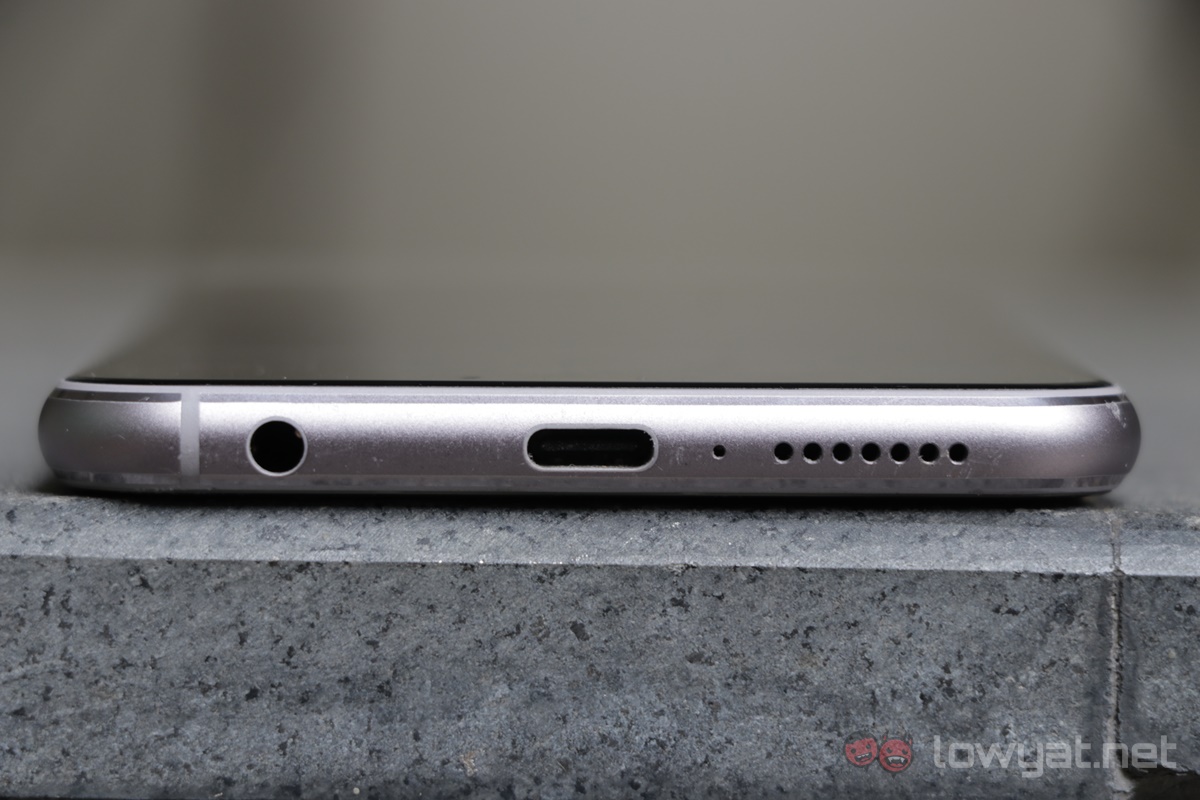
Besides that, the phone’s build quality feels pretty solid. The sides of the display don’t have that edgy feeling like most other mid-range smartphones do. I also appreciate the fact that ASUS outfitted the ZenFone 5 with a USB Type-C port instead of giving a microUSB port.
User Experience
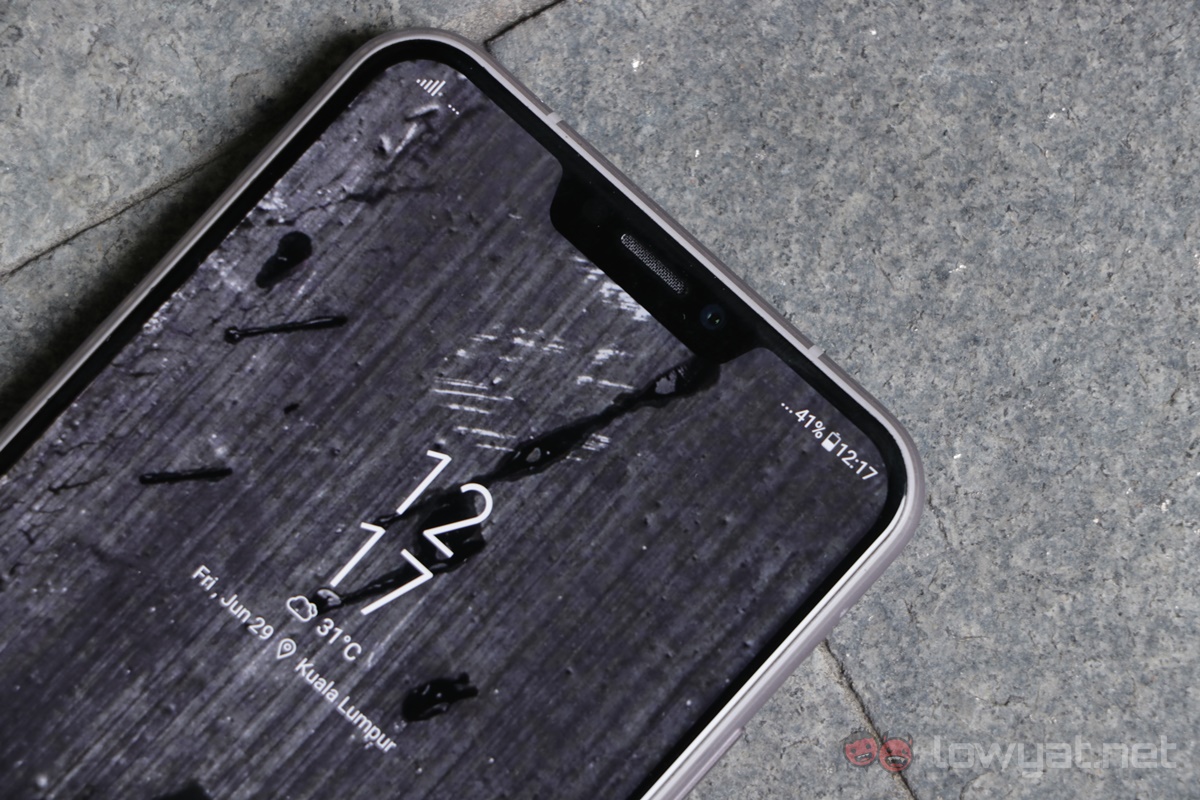
One of the few things that caught my attention about the ZenFone 5 is its user interface. On the offside, it looked simple and clean, and for the most part, ASUS’ ZenUI 5 is relatively snappy. Apps launch almost instantly, and scrolling through pages and apps were equally as fluid, save for the odd hiccup that pops up when the phone got more than one notification at a time.
ASUS’ ZenUI 5 feels relatively fluid.
The fingerprint sensor was, for the most part, a cumbersome experience. More often than not, the sensor struggled to recognise my fingerprint either due to the sensor being smudged or a wet finger. When it did work though, it unlocks as fast as ASUS promise. Like the fingerprint sensor, unlocking the phone with its Face Unlock feature was mostly hit or miss here were times when the phone’s facial recognition would fail to recognise my face, and as all smartphones do after multiple failed attempts, I was required to input my passcode.

If there’s one thing that I absolutely love about the ZenFone 5, it would have to be the phone’s audio system, its support for DTS Headphone:X 7.1 Surround sound, as well as ASUS’ on-board AudioWizard. I’m something of an audiophile, so the app was really a godsend for me, especially since I like to listen to a lot of my music through wired headphones whenever I travel.
I appreciate the fact the phone allowed me to tweak the audio profile for my music, albeit through its preset configurations. But what I found even more impressive is how the phone could actually open up the frequency range with just a touch of a button inside the AudioWizard.
Performance for the most part is what we have come to expect from a mid-range smartphone. Gaming on the phone was a relatively what you’d expect of the phone, with most games running pretty smoothly, but to be fair, I don’t play as many mobile game titles as my colleagues do on a daily basis.
The ZenFone 5’s 6.2-inch 2246 x 1080 Full HD IPS+ LCD display was also a pleasant experience. Thanks to it, words and texts were sharp and easy to read, and the colour vibrancy really made objects with bright colours look like they were about to pop out of the display.
Impressively long battery life.
If there’s one thing to be said about the ZenFone 5, it’s the ridiculously long battery life. It’s only a 3300mAh battery, but couple that with the power efficiency of the Qualcomm Snapdragon 636 SoC and the LCD display, the standby time of the phone was incredible. Through continuous usage, I was able to get a little more than six hours of screen on time, shifting between Netflix and YouTube, which is very impressive.
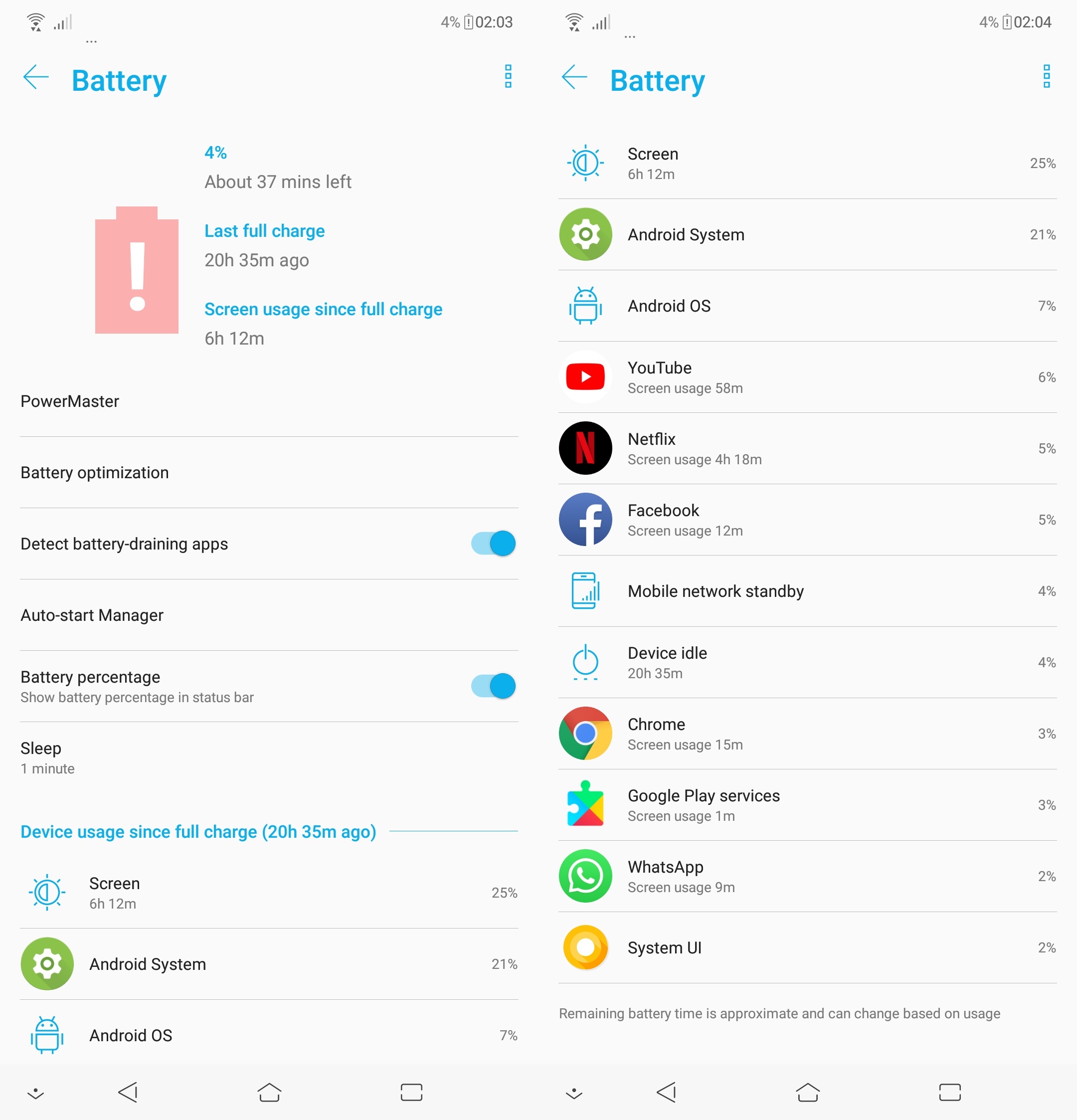
Even the ZenFone 5’s standby mode is something to talk about. Left alone and untouched for 24 hours, the phone loss less than 20% of its battery life. The phone also comes with fast charging; during testing, the phone was able to charge up from 4% to 48% within a half hour. That’s actually quite impressive, considering its status as a mid-range model.
Camera
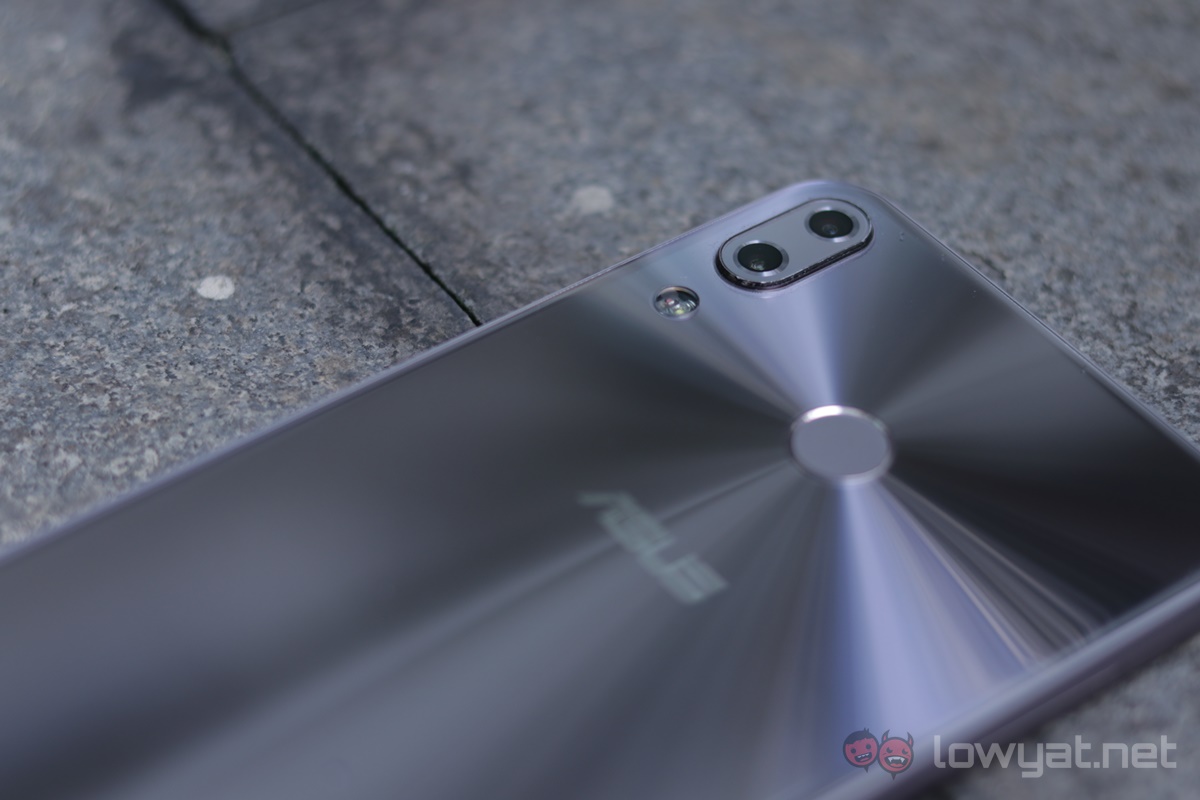
Mobile photography has been a issue ASUS has struggled to tackle since it entered the mobile arena with the very first ZenFone. To that end, the ZenFone 5’s main dual-camera array walks a fine line between good and mediocre performance. But, If I were to be honest, the ZenFone 5’s main camera actually performs better than last year’s ASUS ZenFone 3 Zoom.
A better attempt at dual-camera photography.
Daytime shots are practically a no-brainer for the phone’s 12MP + 8MP dual-camera system. Images captured are sharp and retain an immense amount of detail, even after processing. Shutter lag is present, but I noticed that it only appears when you take the first picture after activating the camera app.


Regarding the picture quality, I should point out that the on-board AI system and HDR had the tendency of overcompensating the exposure in certain scenarios, and as such, resulted in some scenes looking either far too over or underexposed.
Low-light photography is not the phone’s strongest suit.
This overcompensation even carried forward to low-light and night time photography; during my testing, I saw that scenes with a strong single light source tends to undergo the same overexposure issue in an attempt to compensate for the surrounding darkness. Mercifully, I found the issue to be easy enough to overcome by manually adjusting the exposure myself through the on-board camera settings.

That said, night shots had a tendency of looking fairly noisy, and in worst case scenarios, some of my pictures actually had a blurry effect. But as I said earlier, low-light photography clearly isn’t the ZenFone 5’s strongest suit, and at RM1299, it’s hard to ask for more out of a phone in this price bracket.
Sample Images
Competition
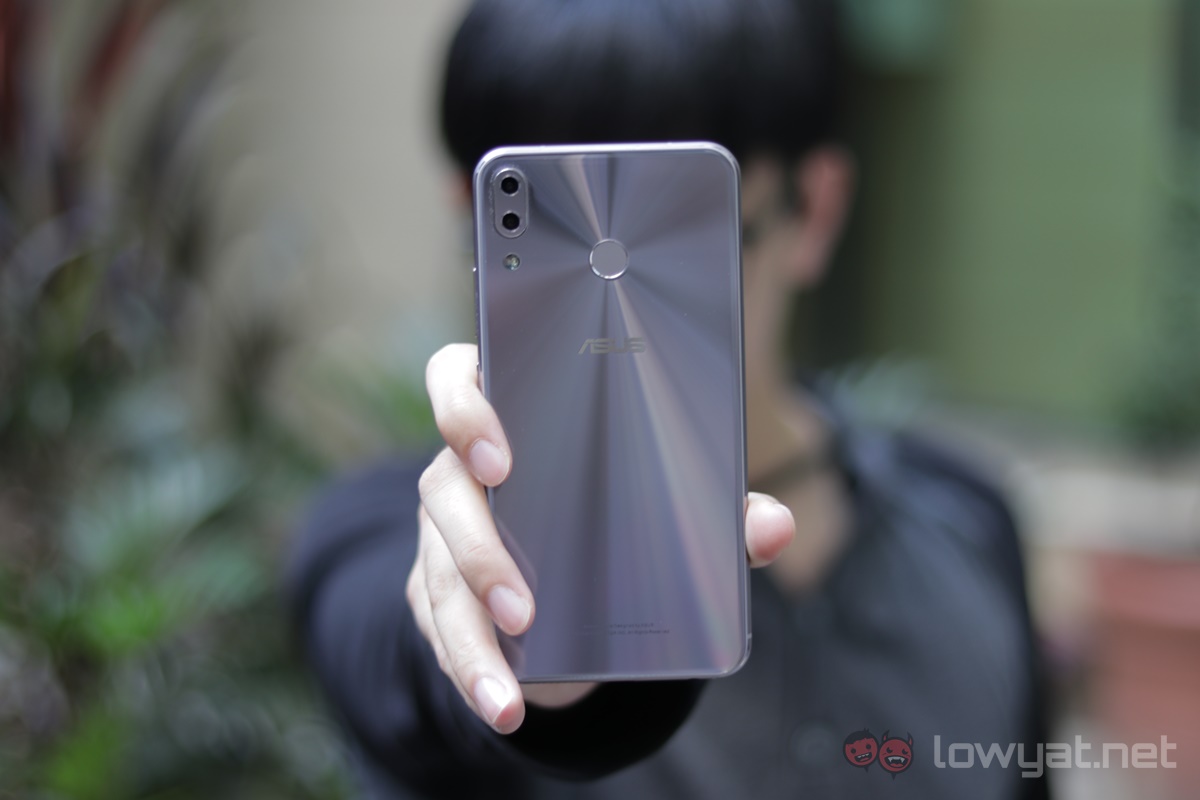
At a price bracket of RM1,299, the ZenFone 5 clearly isn’t the only mid-range, dual-camera smartphone that gives you a lot of bang for your buck. To that end, here are a few competitors that fall into the same price bracket.
Huawei Nova 3i
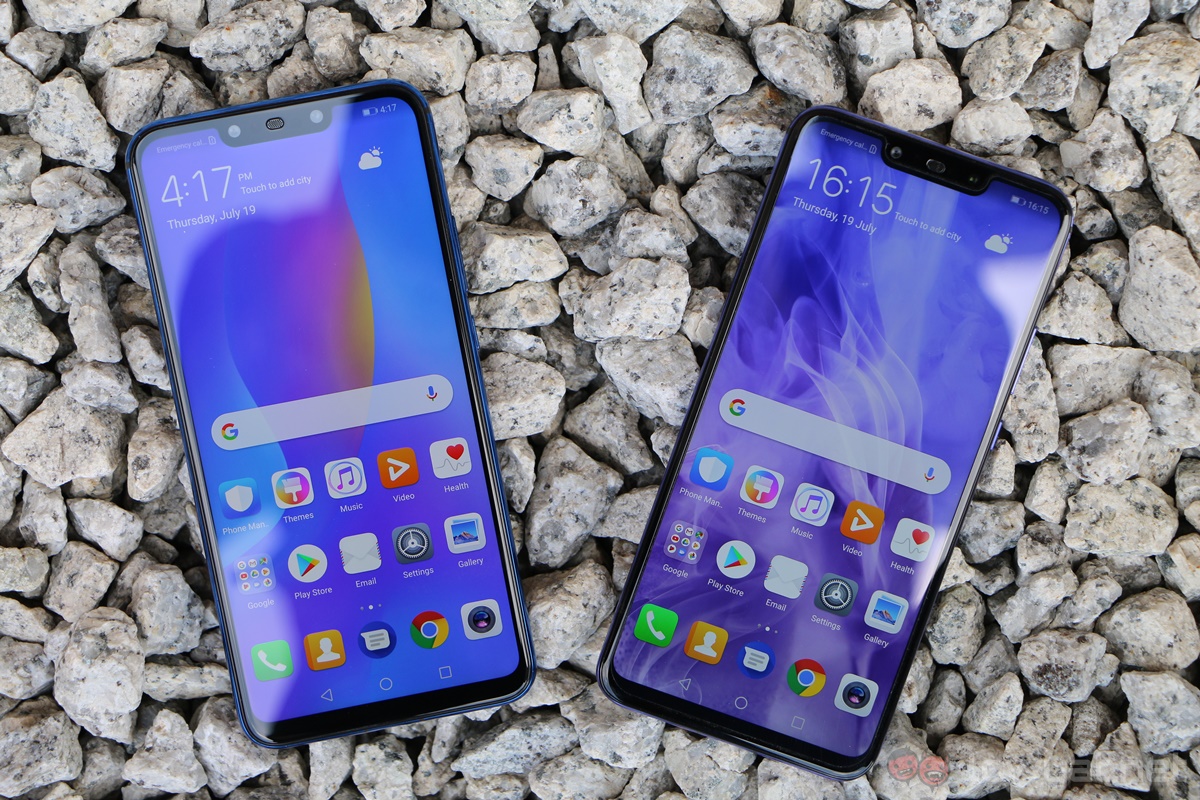
At RM1,249, the Huawei Nova 3i is one of the closest competitors to the ZenFone 5. Just like its ASUS counterpart, the Nova 3i comes equipped with a Huawei’s slightly more powerful Kirin 710 SoC . It also comes with 4GB of RAM, and double the internal storage capacity at 128GB (which is expandable as well).
Like the ZenFone 5, it also comes with a dual-camera setup for its main array, although the sensor combination is only a 16MP + 2MP setup. However, the Nova 3i one-ups the ZenFone 5 in the front-facing camera department, utilising a 24MP + 2MP dual camera setup, in an effort to produce better selfies.
The only area where the Nova 3i loses out to the ZenFone 5 would be its port. Where the phone sports a USB Type-C port, the Nova 3i still (surprisingly) uses only a microUSB port.
ASUS ZenFone Max Pro M1
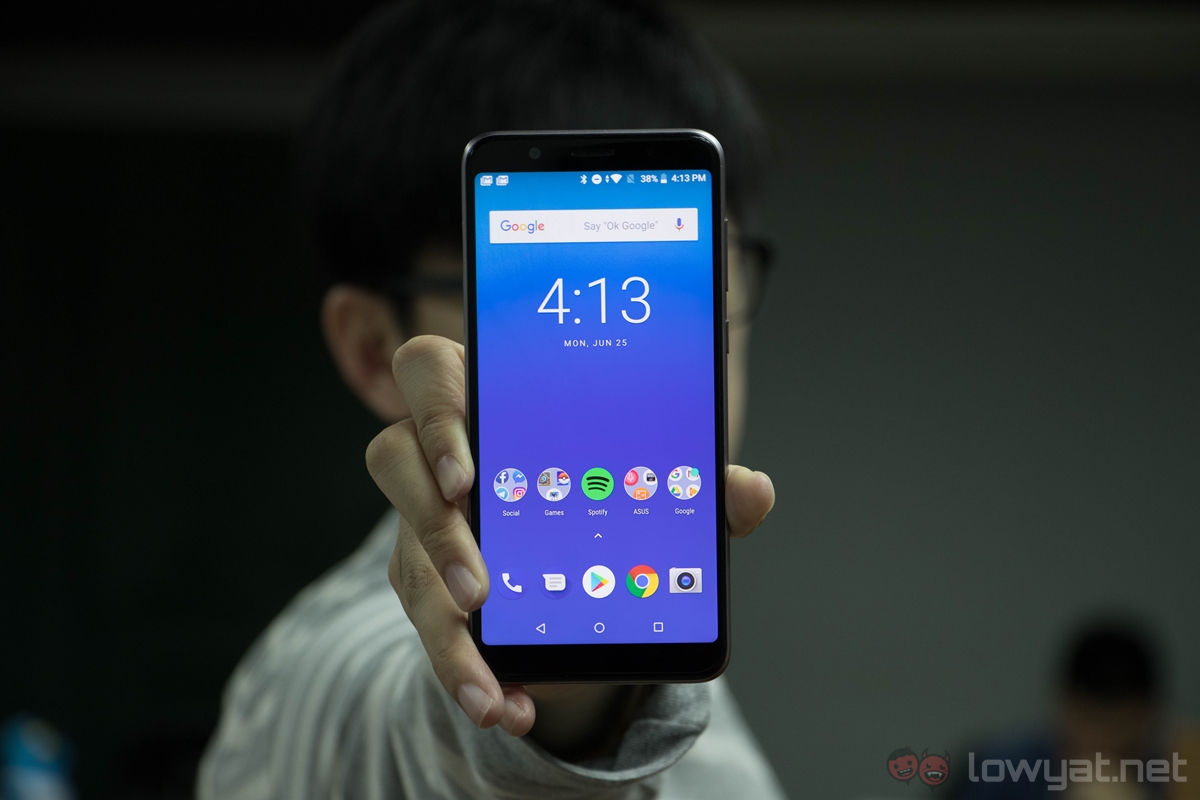
It really shouldn’t come as a surprise that the ZenFone Max Pro M1 would be a direct competitor to its own brother. The phone costs RM849 for the same 4GB/64GB storage configuration as its mid-range counterpart. On top of that, the phone also shares the same Snapdragon 636 SoC.
The ZenFone Max Pro M1 also comes with a bigger 5000mAh which, as we pointed out in our review, gives the phone an insanely long battery life. Its main camera uses a 13MP + 5MP dual array, but in comparison to the ZenFone 5, its picture quality is clearly a step below the mid-range device.
Xiaomi Mi A2
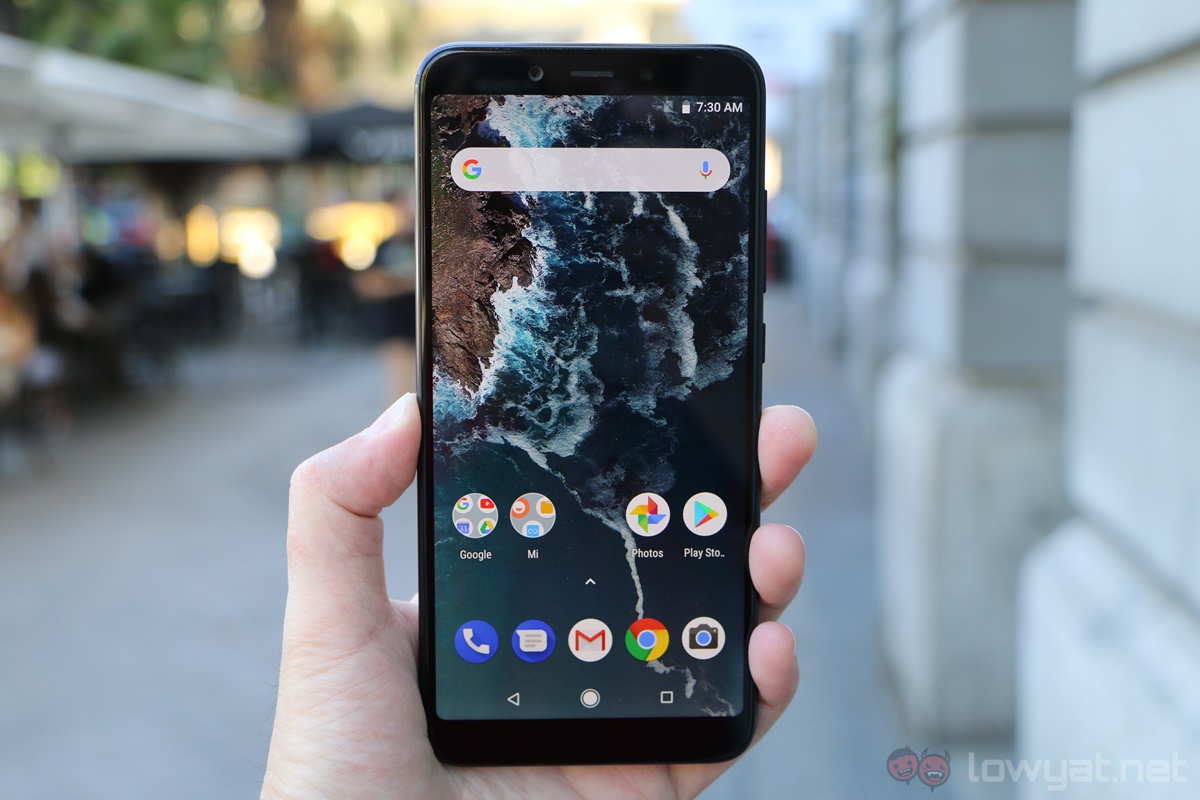
The Xiaomi Mi A2 was made available in Malaysia earlier this month, and by comparison, it’s a mid-range phone with some comparable, if not better hardware than the ZenFone 5. It comes equipped with the more powerful Snapdragon 660 SoC, a 5.99-inch 18:9 Full HD+ display, and also two memory and storage configurations.
At RM999, the phone comes with 4GB RAM and 64GB of internal storage, while RM1,199 nets you a Mi A2 with 6GB RAM and an internal storage capacity of 128GB. Camera-wise, you’re looking at a dual 12MP + 20MP setup for its main camera array, while the front-facing camera uses a 20MP f/1.75 sensor that Xiaomi says guarantees decent low-light selfies.
Conclusion
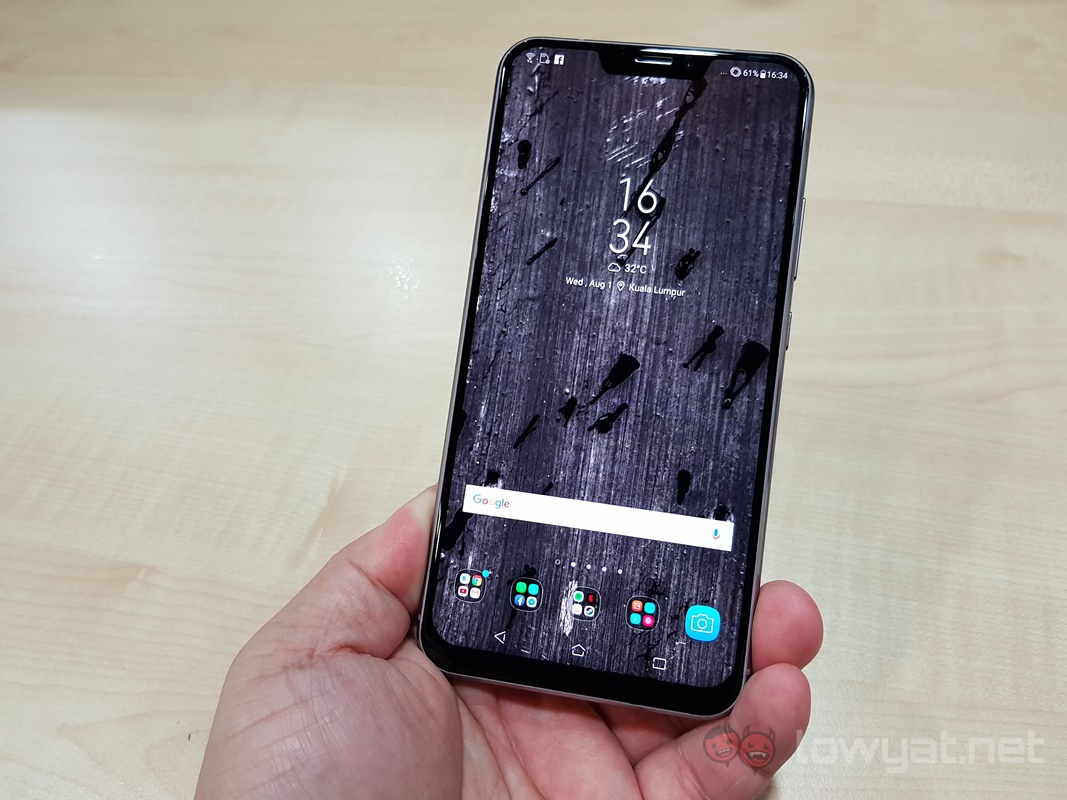
For an asking price of RM1299, it’s hard to argue that the ASUS ZenFone 5 isn’t worth having as a secondary, if not primary smartphone. It’s pretty clear that ASUS spent a lot of time tweaking and refining the phone, the end result being a device with remarkable battery life, and a relatively decent chipset. If that wasn’t enough, the phone’s on-board audio system is a solid performer, especially for a mid-range phone.
A mid-range phone with an amazing audio system and impressive battery life.
If there’s one gripe that I have with the phone, it would be that I wish ASUS would’ve made the ZenFone 5’s dual main camera system just a little bit better, especially in low-light environments. Having said that, it’s not a terrible performer. As you can see from the sample images above, it is still capable of taking some decent shots during the day.
All in all, I would definitely recommend the ZenFone 5 to anybody looking for a smartphone in the mid-range segment, especially those looking for a device that strikes a balance between performance, entertainment, and smarpthone photography.
Follow us on Instagram, Facebook, Twitter or Telegram for more updates and breaking news.


